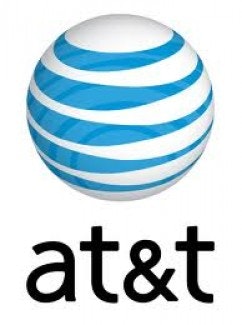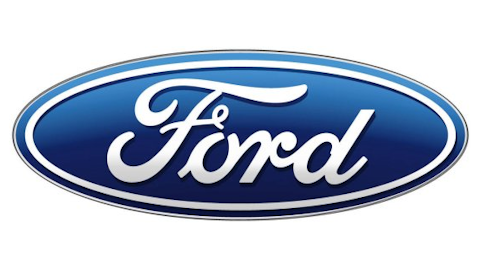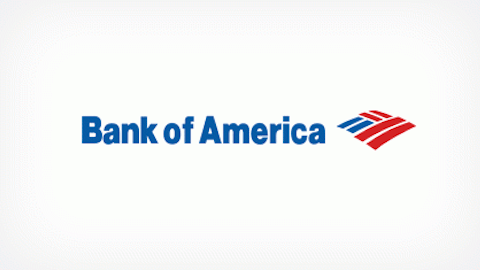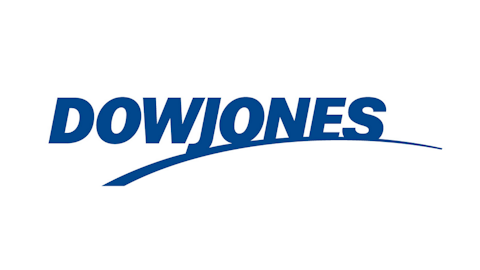On this day in economic and financial history…

The earliest “telephone” was purportedly developed by Italian Antonio Meucci as early as 1856. Unfortunately for Meucci, he lacked the finances to continue developing his prototypes. Despite a patent caveat (essentially a notice to the patent office to expect a full patent application at a later date) filed in the United States in 1871, Meucci’s contributions to the development of telephony are largely ignored today because of continued disputes over whether or not he actually understood the principles of electric telephones. Meucci wound up spending years in court battling Bell’s legal team, and he died in relative obscurity.
However, Elisha Gray did understand electric telephones — perhaps better than Bell. Elisha Gray was a prominent postbellum American inventor and one of the founders of Western Electric, which was a major supplier of relays and other equipment to The Western Union Company (NYSE:WU), the nation’s leading telegraph-operator. Gray would have been one of the first people expected to develop a way to use telegraph lines to transmit sound. In 1874, he created a “harmonic telegraph “that could transmit tones, but not the sounds of speech” and conducted a public demonstration of the device late in the year. Gray’s key innovation was the use of a liquid transmitter, which became the major point of contention in his later patent battle with Bell.
Bell was also working on a telephone around the same time. During his early inventive days, Bell worked in a The Western Union Company (NYSE:WU) lab — the same lab where Antonio Meucci had purportedly filed away the sketches for his electromagnetic telephone. Concurrent with his development efforts, Bell engineered a bribery scheme at the U.S. Patent and Trademark Office that would alert him whenever any competing telephone patents were filed. Sure enough, when Gray’s lawyer filed a patent caveat on Feb. 14, 1876, Bell’s lawyer raced to file a full application on the same day. The two filings contain extremely similar drawings, and at the time, Bell had not yet managed to successfully test his prototype. That would not happen until March 10, three days after Bell received his patent.
Bell later privately admitted to Gray that he was aware of the liquid transmitter described in the caveat at a time when Gray’s caveat was not available for public viewing. This, combined with his public admission — under oath in a subsequent patent lawsuit with Gray — that he had discussed the caveat with Zenas Fisk Wilber, the bribed patent examiner, seems sufficient to cast doubt on Bell’s claim to be the sole father of the telephone. Wilber himself also admitted under oath to showing Bell the caveat in person several days after its filing in exchange for a $100 payoff.




